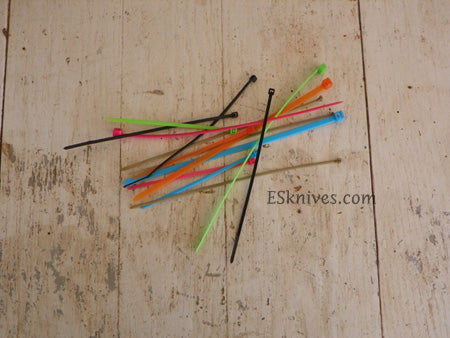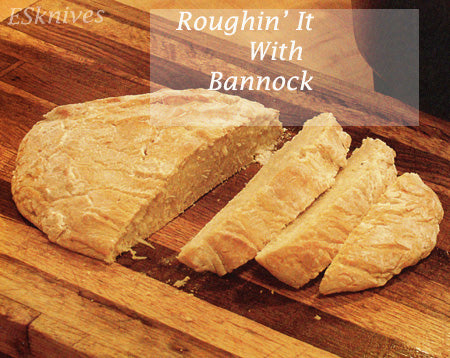
If you are going to be out in the woods for a long time, you may want to consider taking Bannock with you.
Bannock is a quick biscuit–type bread used through out the world. Bannock is a small flat loaf of bread. Modern Bannock usually has a leavening agent. There are many different types of Bannock with different names. Bannock recipes are simple and designed to be cooked on a campfire. Bannock is great in the woods, warm, light and filling. It is like manna from heaven. Add some honey and you will never want to be without it.
Bannock is Gaelic in origin. There are reports of soldiers eating Bannock on Hadrian's Wall over 1000 years ago. Bannock was primarily in Ireland, Scotland and Northern England till the 1500's. Eventfully Bannock arrived in the new world and was quickly adopted by Native Americans through out North America. Native Americans call their Bannock Fry Bread. But honestly, the controversy rages on whether Europeans brought Bannock to the New World or did they they had fry bread in the Americas long before Europeans arrived. We may not have the answer to that question but we do know that it is common thought that Bannock was favored by nomadic tribes because the dry mixture stayed fresh for long periods. They would add the fat or oil at cooking time.
Bannock is a versatile, quick, great tasting bread. Originally bannocks were heavy, flat cakes of unleavened barley or oatmeal dough formed into a round or oval shape and cooked on griddles or hot stones. Now a days Bannock ingredients have been modernized, which includes adding a leavening agent, producing a lighter fluffier dough. You can include extras to make your bread interesting such as raisins, currents, blueberries, cinnamon or cheese if desired.
Every outdoors-men should know how to make this bread that sustained hungry voyageurs, settlers, and First Nations peoples alike in the early days of our country. Bannock, also known as fry bread, skaan, scone or Indian bread, is found throughout North American tribes, including the Inuit of the north and down south to the Navaho of Arizona.
Bannock can be fried, baked or cooked around a stick over hot coals. You can also drop spoonfuls of batter in a stew, producing something like dumplings. But most things just taste better cooked over an open fire or that perfect bed of coals and Bannock is one of them.
 The best Bannock to me is carefully winding it around a stick, cooking it in an open fire, buttering it and just eating it. If you want a little more, cover your bannock with jelly, honey or syrup. Wrap your bannock over an impaled polish sausage or hotdog. To cook your Bannock on a stick dust your hands with flour, spoon up a handful of batter, and use your hands to pat it flat and shaping it onto stick. Make sure your edges are well pushed into each other so your bannock won't separate while baking. Cook your bannock 7-10 minutes over coals until golden brown. Rotate continually for even baking and prevent burning.
The best Bannock to me is carefully winding it around a stick, cooking it in an open fire, buttering it and just eating it. If you want a little more, cover your bannock with jelly, honey or syrup. Wrap your bannock over an impaled polish sausage or hotdog. To cook your Bannock on a stick dust your hands with flour, spoon up a handful of batter, and use your hands to pat it flat and shaping it onto stick. Make sure your edges are well pushed into each other so your bannock won't separate while baking. Cook your bannock 7-10 minutes over coals until golden brown. Rotate continually for even baking and prevent burning.
Frying bannock in a cast iron pan is a great way to enjoy this bread. Put a few heaping tablespoonfuls of batter in a hot greased frying pan. Cook much like a pancake, do not use to much oil. After it has cooked for a few minutes lift the edge with a spatula to keep it from burning. Flip your bannock when the bottom is golden. Remove from heat once both sides are browned and cooked.
Bannock Recipe
- 2 1/2 cups flour
- 6 tsp baking powder
- 1/2 tsp salt
- 2 tbsp sugar
- 1/3 cup lard
- 2 eggs, optional
- 1 cup water or more
Combine the first four ingredients. Add the lard slowly, rubbing it in to form fine crumbs. Combine the eggs with water and add to the flour mixture. If you are not using eggs just add your water. Stir your mixture to form a soft dough, and knead briefly.
If using a frying pan to bake, grease the pan then dust with flour. Place about a quarter of the dough in the pan and heat. Bake until the bottom is lightly brown, then flip. Bake about 10 minutes on the opposite side. Bake remaining dough in similar fashion.
If baking in oven, pat down into greased pie plate. Bake in 400 degree oven for about twenty minutes, or until cooked in the middle. Don't forget you can fry your dough in oil or slap it on a stick.
You can add raisins, dried fruit, nuts, seeds, or whatever you like for a dessert bannock. Bacon bits, diced Spam, dried or fresh herbs, or cheese make a savory bannock.
However you decide to make your bannock it is a great addition to any survival situation, camping trip or some home cooked bread for dinner.
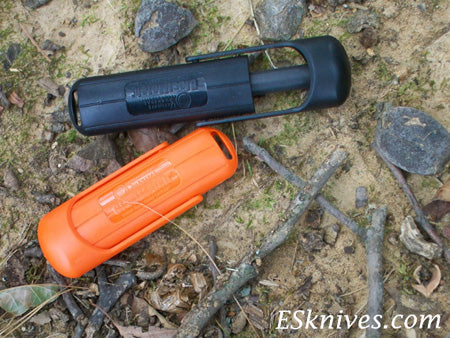
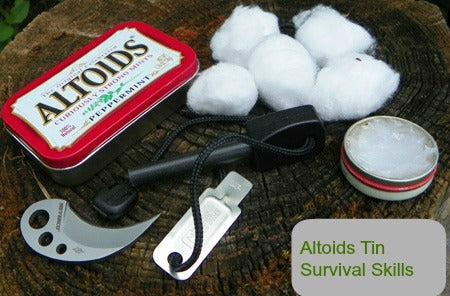

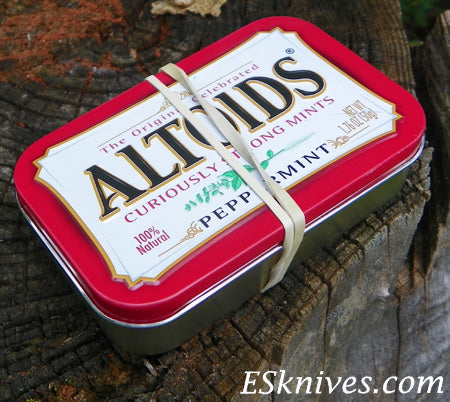



 You don't want to let the saw blade get hot.
You don't want to let the saw blade get hot.
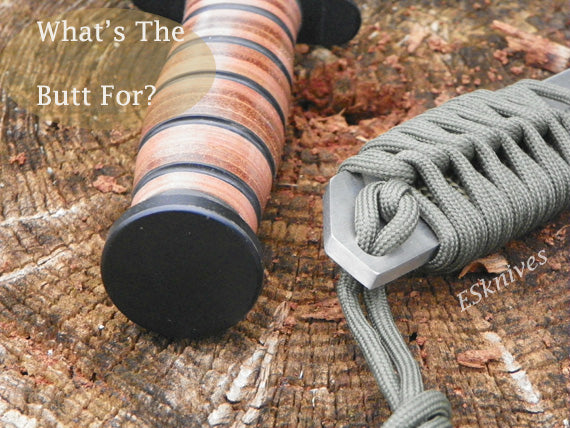
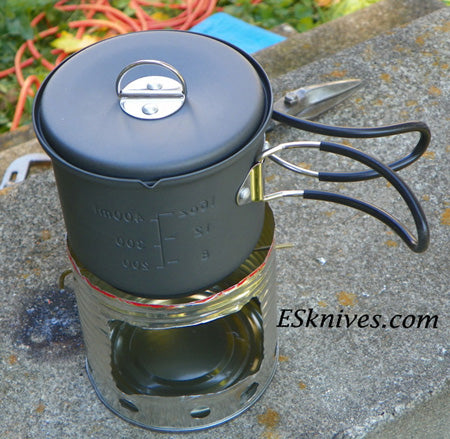
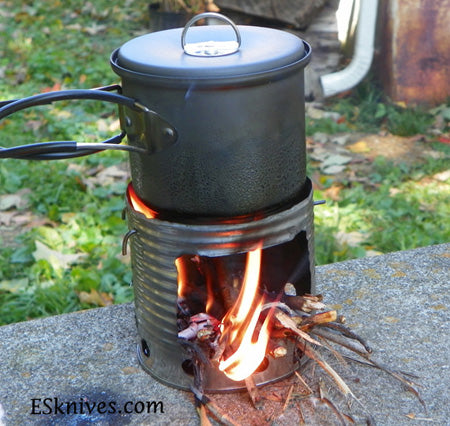

 The best Bannock to me is carefully winding it around a stick, cooking it in an open fire, buttering it and just eating it. If you want a little more, cover your bannock with jelly, honey or syrup. Wrap your bannock over an impaled polish sausage or hotdog. To cook your Bannock on a stick dust your hands with flour, spoon up a handful of batter, and use your hands to pat it flat and shaping it onto stick. Make sure your edges are well pushed into each other so your bannock won't separate while baking. Cook your bannock 7-10 minutes over coals until golden brown. Rotate continually for even baking and prevent burning.
The best Bannock to me is carefully winding it around a stick, cooking it in an open fire, buttering it and just eating it. If you want a little more, cover your bannock with jelly, honey or syrup. Wrap your bannock over an impaled polish sausage or hotdog. To cook your Bannock on a stick dust your hands with flour, spoon up a handful of batter, and use your hands to pat it flat and shaping it onto stick. Make sure your edges are well pushed into each other so your bannock won't separate while baking. Cook your bannock 7-10 minutes over coals until golden brown. Rotate continually for even baking and prevent burning.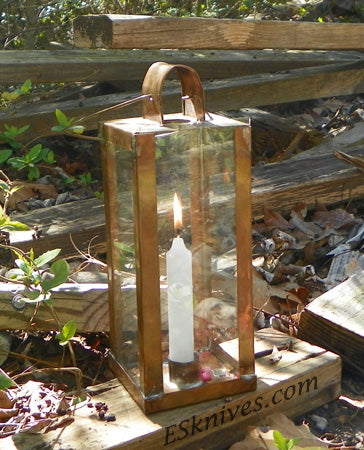
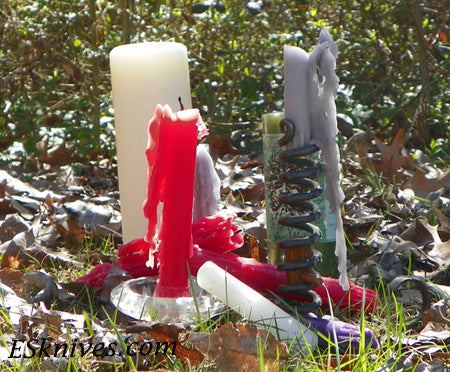 Wax prevents rust. You can coat your knives, tools and other equipment with candle wax to prevent them from rusting. A thin coat works well and you can renew it as often as needed. Wax also works as a decent lubricant, just rub your candle. You can even use a thin coat of wax on a hat for waterproofing. The wax won't completely water proof a hat but it will certainly make it water resistant.
Wax prevents rust. You can coat your knives, tools and other equipment with candle wax to prevent them from rusting. A thin coat works well and you can renew it as often as needed. Wax also works as a decent lubricant, just rub your candle. You can even use a thin coat of wax on a hat for waterproofing. The wax won't completely water proof a hat but it will certainly make it water resistant.